Heating, Ventilation, and Air Conditioning HVAC systems are essential for keeping indoor spaces comfortable year-round. In the United States, HVAC installations commonly fall into four main categories: split systems, packaged systems, ductless mini-split systems, and geothermal (ground-source) heat pump systems Each category represents a distinct way of arranging the heating and cooling components. This article explains how these systems work, their advantages and drawbacks, and when each type is typically used. We also include common questions (FAQs) to address related terms and concepts.
1. Split HVAC Systems
A split system is the most common HVAC setup in homes and buildings. It has two main parts: an outdoor unit (housing the compressor and condenser coil) and an indoor unit (housing the evaporator coil and blower) Refrigerant circulates between the two units to cool or heat air. All the conditioned air is distributed through ductwork by a furnace or air handler, and a single thermostat controls the entire system. Split systems come in three subtypes:
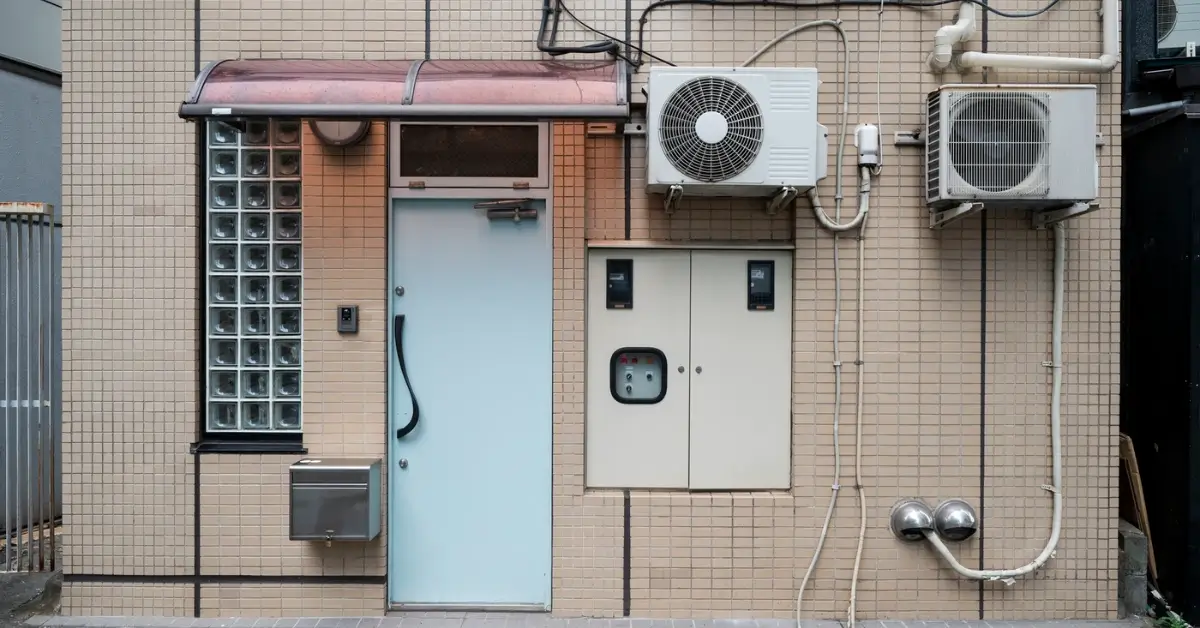
- Air Conditioner (Cooling-Only) – This type provides only cooling. An outdoor unit cools air by absorbing heat from inside and dumping it outdoors. It’s ideal in climates where winter heating is handled separately or not needed. (The indoor unit simply contains the evaporator coil and blower.)
- Heat Pump (Heating & Cooling) – A heat pump can both cool and heat. In summer it works like a normal air conditioner (moving indoor heat outside). In winter it reverses: it extracts heat from outside air (even in cold weather) and brings it indoors. Heat pumps run on electricity and are very efficient because they transfer heat instead of generating it. They are especially popular where winters are mild.
- Hybrid (Dual-Fuel) System – A hybrid split system combines a heat pump with a gas or propane furnace. The heat pump handles heating most of the time, but when temperatures drop very low, the system “switches” to the gas furnace for heat. This dual-fuel setup improves efficiency in cold climates. (Rheem explains that hybrid systems allow switching between electric and gas heat for the most efficient operation
Split systems require ductwork, so they suit homes already built for central heating. A typical example is a suburban house with a gas furnace in the basement and an air conditioner on the roof: this classic combo is a split system. These systems are generally cost-effective to install in new homes with ducts, and the components are easily serviced.
2. Packaged HVAC Systems
A packaged system contains all HVAC components in one single cabinet (usually installed outdoors on a roof or concrete slab) Because nothing is indoors, packaged units save space in small homes or buildings without a mechanical room. Like split systems, packaged systems connect to ductwork inside the building to deliver heating and cooling through registers. The main types are:
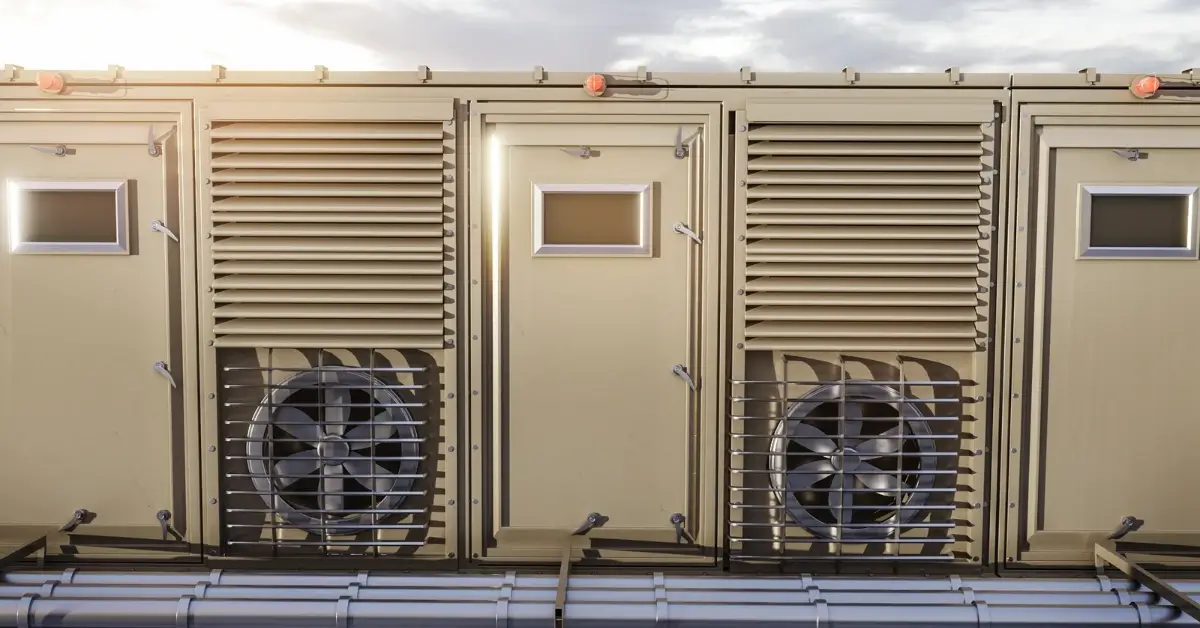
- Packaged Air Conditioner – Equivalent to a split AC but all parts are outdoors. It provides cooling only (and may include electric heating coils for minimal heat). Think of it as a rooftop air conditioner for a small home or office.
- Packaged Heat Pump – Combines an outdoor heat pump with the blower/furnace in one box. It provides both heating and cooling. It works like a split-system heat pump, but packaged as a single rooftop or ground unit.
- Packaged Gas/Electric (Hybrid) – This unit contains a gas furnace and an electric air conditioner in one cabinet. It is used in colder regions: the gas furnace takes care of winter heat, while the AC handles summer cooling. Because everything is in one unit, there’s no separate indoor furnace
Packaged systems are common in apartments, mobile homes, or commercial rooftops. For example, many southwestern U.S. stores use rooftop packaged units: the space above the ceiling is limited, so the entire HVAC System is packaged on the roof. Packaged units often cost less to install in such settings than building a whole ducted system inside. As the U.S. Department of Energy notes, packaged units usually include all heating and cooling parts (even a furnace), “eliminating the need for a separate furnace”
3. Ductless Mini-Split Systems
Ductless mini-split systems heat and cool without traditional ductwork. Each indoor unit (mounted on a wall or ceiling) is paired with an outdoor compressor/condenser. One outdoor unit can serve multiple indoor “zones” (rooms) via refrigerant lines Each indoor head has its own thermostat, so occupants can control different areas independently. Key features include:

- Zoned Comfort: Because each indoor unit is controlled separately, you can heat or cool only the rooms in use
- For example, a family room and a bedroom might each have their own mini-split head, running as needed.
- Easy Installation: No ductwork is needed. This makes mini-splits ideal for older homes without ducts, additions, garages, or “in-law” units where extending ducts is impractical
- High Efficiency: Without duct losses, mini-splits often save energy. Many use inverter-driven compressors that adjust output to the exact load This means less cycling on and off, saving electricity.
For example, in a 4-bedroom house without ducts, you might install a 2-ton outdoor heat pump and connect it to four indoor wall units (one per bedroom). During the day you only run the zones you need, rather than cooling the whole house. The U.S. Department of Energy notes that ductless systems are an efficient option for zone heating/cooling and can significantly lower energy use compared to older systems
However, mini-splits can have higher upfront costs. They also become less effective for heating when outdoor temperatures drop below freezing; very cold climates often require a backup heat source (like a furnace) Despite this, many homeowners find mini-splits invaluable for room-specific comfort.
4. Geothermal Heat Pump Systems
Geothermal heat pumps (also called ground-source heat pumps) use the earth’s stable temperature to heat and cool. A loop of pipes buried in the ground (either horizontally or deep vertically) circulates a fluid that absorbs or dissipates There are two main configurations
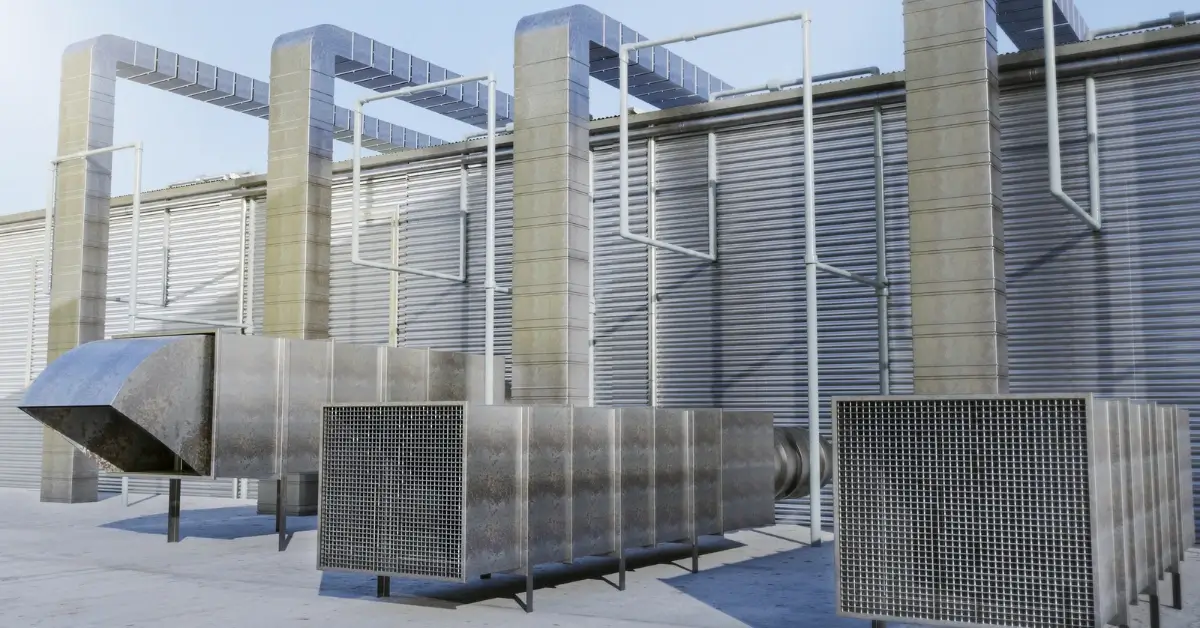
- Closed-Loop: Buried pipes form a closed circuit (filled with a water/antifreeze mixture). In winter, the cold fluid absorbs heat from the ground and brings it indoors; in summer it removes heat from the home and releases it underground. The earth maintains a fairly constant temperature, so ground-source heat pumps can work efficiently even in very cold climates.
- Open-Loop: This system pumps groundwater from a well or source through the heat pump and then discharges it (to another well, pond, or drain) It uses groundwater directly as the heat exchange fluid. Like closed-loop, it can provide heating, cooling, and even hot water.
Geothermal systems are highly energy-efficient because they move heat via the earth instead of burning. For example, installing a geothermal heat pump can reduce your heating costs dramatically. The U.S. The Department of Energy says heat pumps can cut electric heating use by up to 75% compared to electric resistance. Geothermal systems also provide cooling like a regular AC, since the process simply runs in reverse during summer.
The tradeoff is cost. Ground loops require drilling or excavation, making geothermal installation expensive. They are most cost-effective when installed in new construction or when energy prices and incentives justify the investment. Nevertheless, in areas with extreme temperature swings, geothermal heat pumps are a “green” choice, offering stable comfort year-round and lower operating costs.
Other HVAC Configurations
Beyond the four basic categories, there are specialized HVAC Systems setups worth mentioning. Zoned systems use multiple thermostats and dampers to divide a ducted system into areas (or use separate units for separate floors). This is not a standalone “type” of system but a way to control parts of a split or packaged system independently. Another variation is variable refrigerant flow (VRF) systems, which are advanced multi-zone heat pump systems often used in commercial buildings (they use refrigerant routing instead of ducts to precisely heat/cool many zones).
Additionally, some homes use hydronic heating (boilers and hot water) rather than forced air. Hydronic systems distribute heat via water flowing through radiators or in-floor tubing. These systems aren’t HVAC Systems in the sense of having air conditioning, but they serve the same purpose of home comfort (often paired with a separate cooling system). Evaporative coolers (“swamp coolers”) and portable unit systems also exist, but they fall outside the four core categories.
Choosing the Right HVAC Category
Which HVAC category is best depends on many factors: climate, building layout, existing infrastructure, budget, and efficiency goals. Key considerations include:
- Climate and Heating/Cooling Needs: In consistently warm U.S. regions, cooling is primary. A simple split AC or packaged unit may suffice. In mixed climates (hot summers and cold winters), you’ll need full heating and cooling. For example, Rheem notes that if you live where it never freezes, “a cooling system that has a heat pump outside and an air handler inside” might work; but in very cold areas you may choose systems with robust heating like a gas furnace or geothermal option Also, heat pumps (air-source or ground-source) perform differently in cold weather – modern heat pumps work in many climates, but you might still opt for hybrid systems in severe cold.
- Ductwork and Home Layout: Homes with existing ducts will efficiently use split or packaged systems If your home has no ducts (or you’re adding to a ducted space), a ductless mini-split or multiple smaller units may be ideal Multi-story houses often use separate systems per floor (zoning) to balance temperature. Tiny homes or additions might choose ductless units or packaged solutions to save indoor space. (Packaged units are popular on rooftops of small commercial buildings because they free up interior space.)
- Energy Efficiency Goals: Higher-efficiency equipment (high SEER air conditioners, ENERGY STAR heat pumps, inverter-driven mini-splits) can drastically cut utility bills. Geothermal heat pumps and modern multi-stage heat pumps are among the most efficient. If reducing energy use is a priority, you may invest in these options despite higher upfront costs Insulation and HVAC Systems sizing matter too: installers perform Manual-J calculations to correctly size a system. Oversized units waste energy cycling on/off, and undersized units can’t keep up with demand
- Budget and Installation: Split air conditioners and basic packaged units generally cost less to buy and install. Ductless systems and geothermal setups have higher upfront costs (equipment and labor) but may pay back through lower operating costs. A professional HVAC contractor can assess factors like square footage, insulation, window heat gain, and local energy prices to recommend a category and model that meets your needs
Frequently Asked Questions
- What are the four basic types of HVAC systems?
The four categories are split systems (with separate indoor and outdoor units for heating/cooling) packaged systems (all components in one outdoor cabinet) ductless mini-splits (multiple indoor heads with an outdoor compressor, no ducts) and geothermal heat pump systems (using ground loops for heating/cooling) - How does a split system differ from a packaged system?
In a split system, the heating and cooling parts are split between two locations (indoor furnace/air handler and outdoor unit) In a packaged system, all parts (compressor, condenser, furnace or coils) are in one single unit installed outside Split systems require an indoor space for the furnace/air handler, while packaged units save indoor space by placing everything outdoors. - What is a heat pump, and is it a type of HVAC category?
A heat pump is a kind of HVAC system that can heat and cool; it’s technically a subtype rather than a separate “category.” Air-source heat pumps are usually included under split or packaged systems (since they have indoor and outdoor parts). However, heat pumps operate differently by transferring heat in both directions. For example, a split-system heat pump has an indoor air handler and an outdoor heat pump unit, just like a standard split AC, but it can reverse to provide heat in. Geothermal heat pumps (a distinct category) use the ground loop but work on the same - When should I use a ductless mini-split system?
Use a ductless mini-split when you need zone-by-zone comfort or have no ductwork. For instance, in an older home without ducts, in a new room addition, or in a multi-family dwelling where independent control is needed. Since mini-splits avoid duct losses, they are efficient for heating/cooling individual areas. They are also installed when remodeling: you can add climate control to one room without tearing out walls for ductwork. - What are closed-loop and open-loop geothermal systems?
These refer to how geothermal heat pumps exchange heat with the ground. In a closed-loop system, antifreeze solution circulates in buried pipes, absorbing or releasing heat with the In an open-loop system, groundwater itself is pumped into the heat pump then discharged Both harness the ground’s stable temperature (around 50–60°F) to heat or cool the home more efficiently than air-source alone - How do I decide which category is best for my home?
Consider your climate, space, and needs. In moderate climates, a heat-pump-based split or ductless system might cover both heating and cooling efficiently. In very cold climates, a split system paired with a gas furnace or a geothermal system may be best If indoor space is limited, packaged units could work. If you want room-by-room control, look at ductless or zoned systems. It’s wise to consult an HVAC professional who will evaluate your home’s size, insulation, existing ductwork, and local climate to recommend the right category and equipment.
Understanding these categories – and the terminology around them – is essential for choosing the right HVAC Systems. By considering factors like climate, efficiency, installation constraints, and budget (and using the guidelines above), homeowners and builders can identify which of the four basic HVAC categories will provide reliable comfort and energy savings.


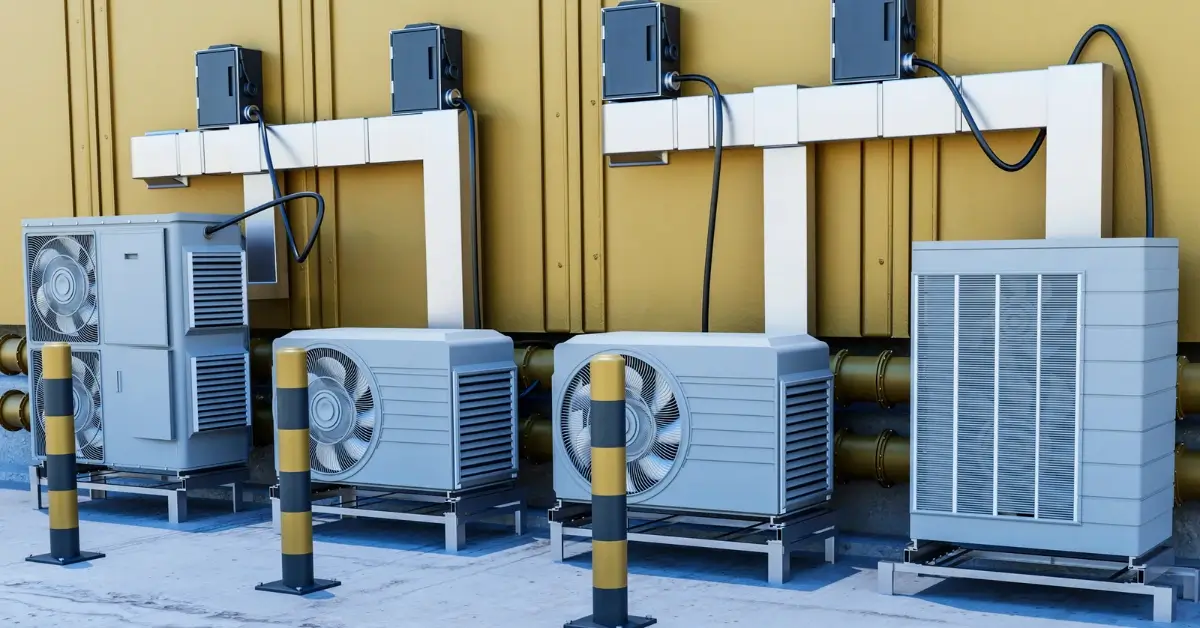
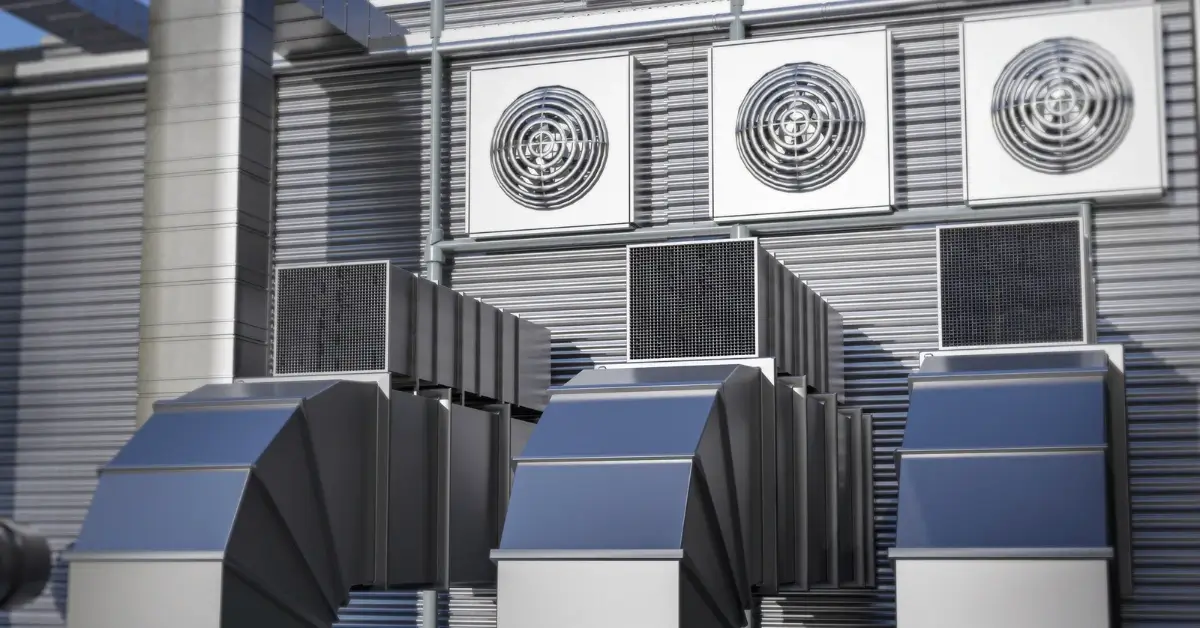





Share